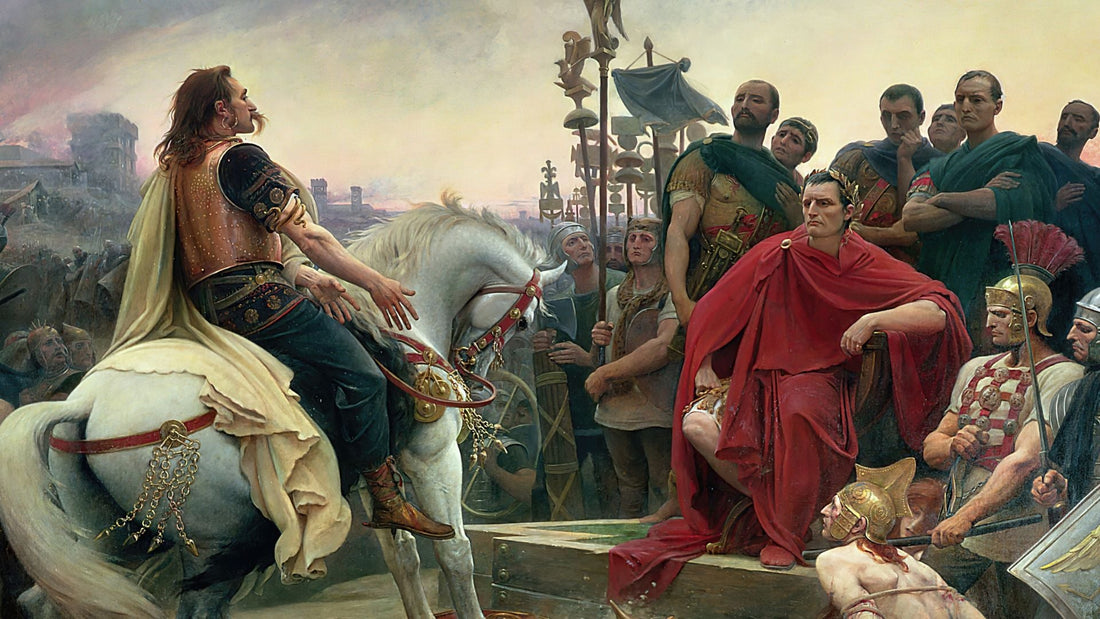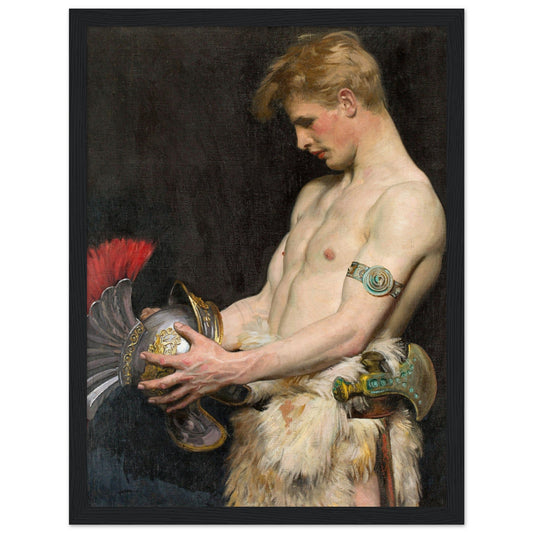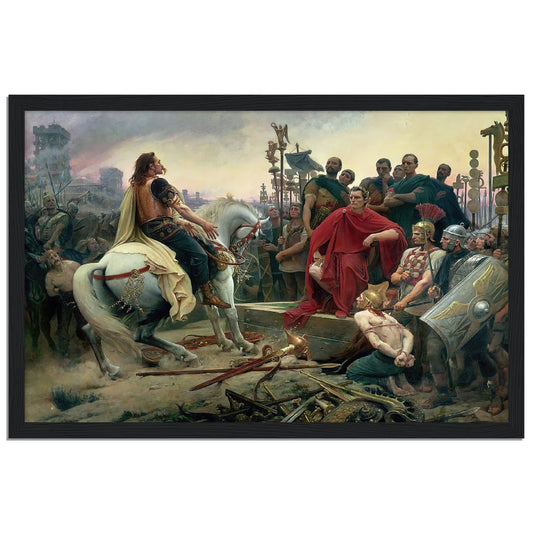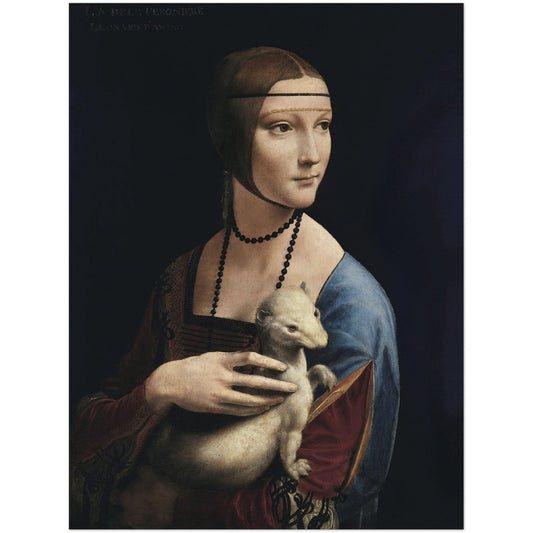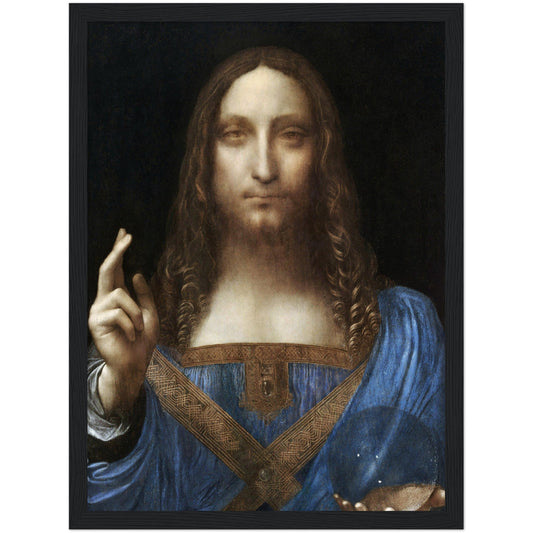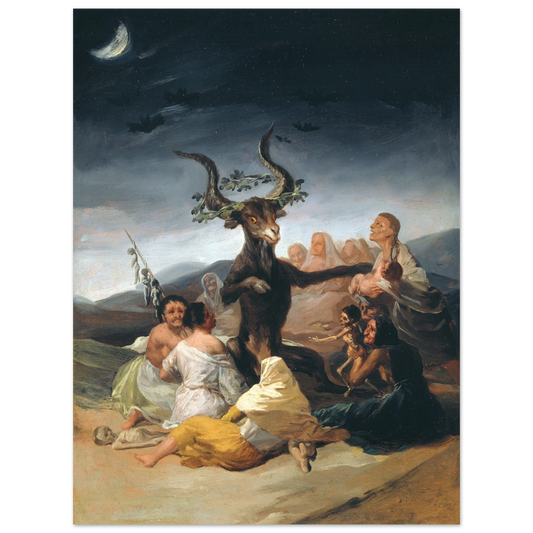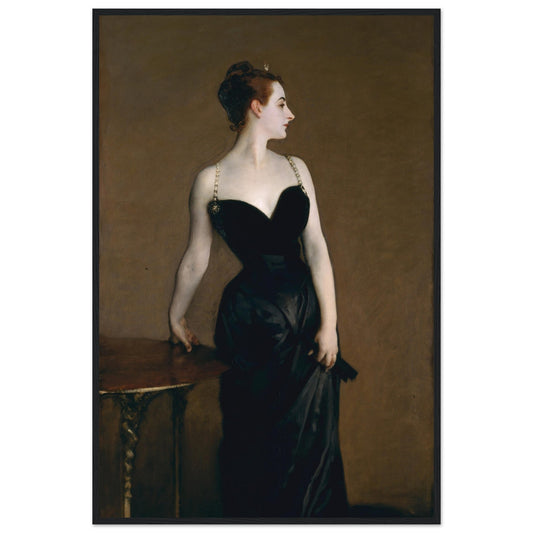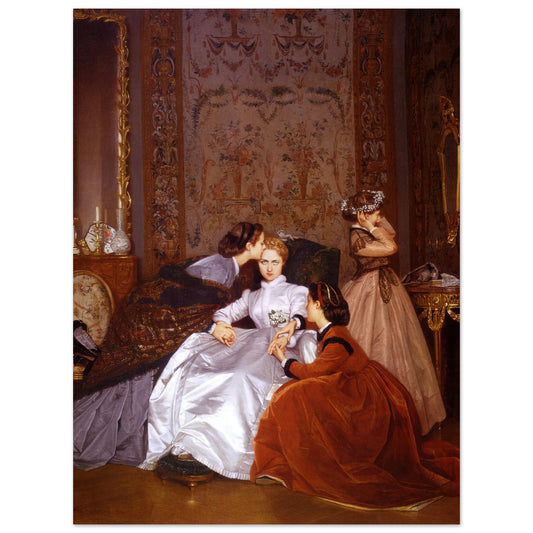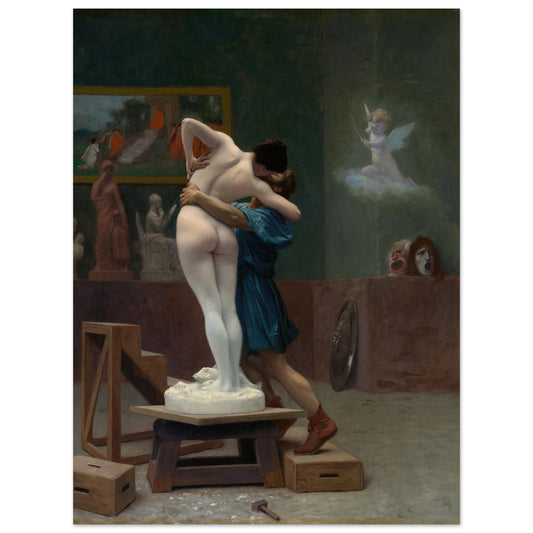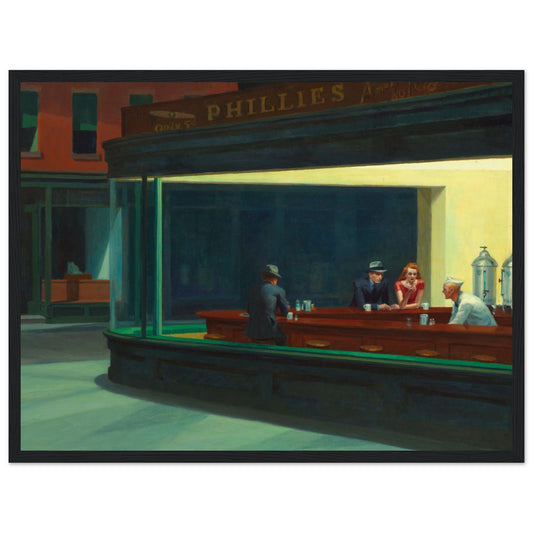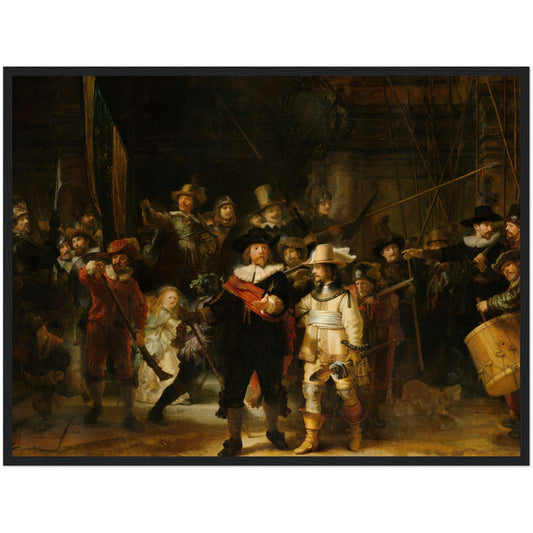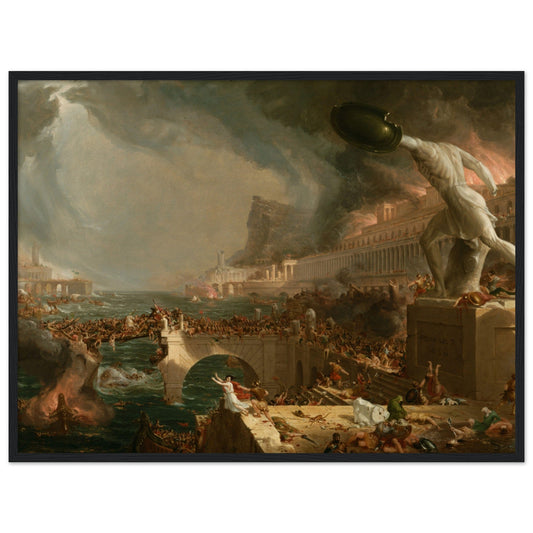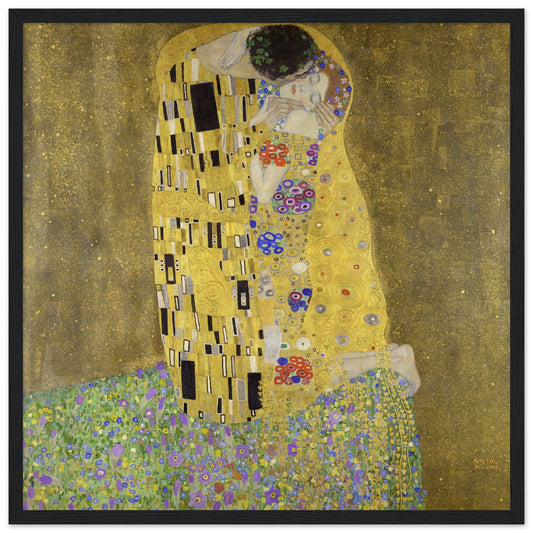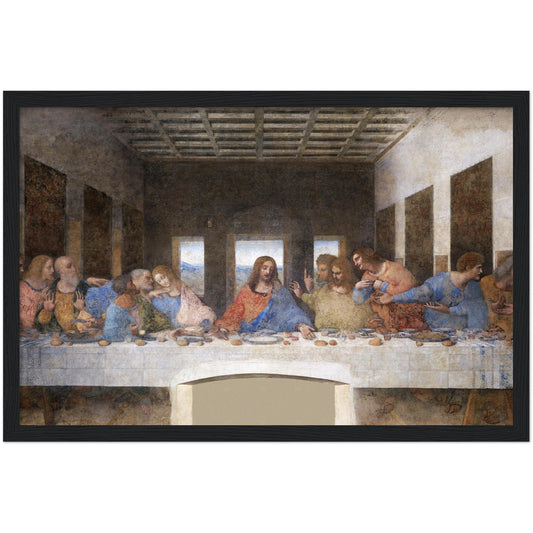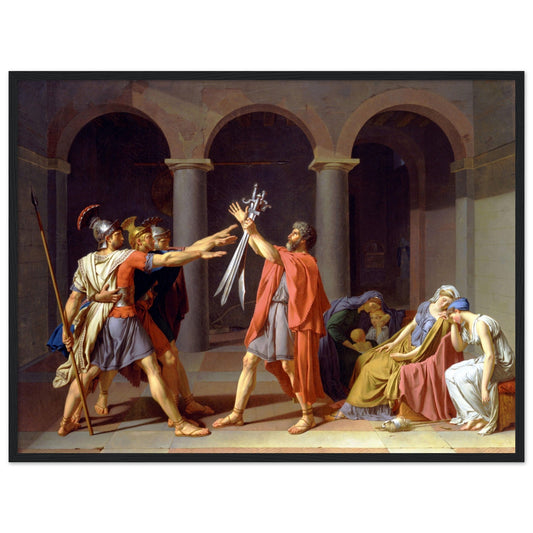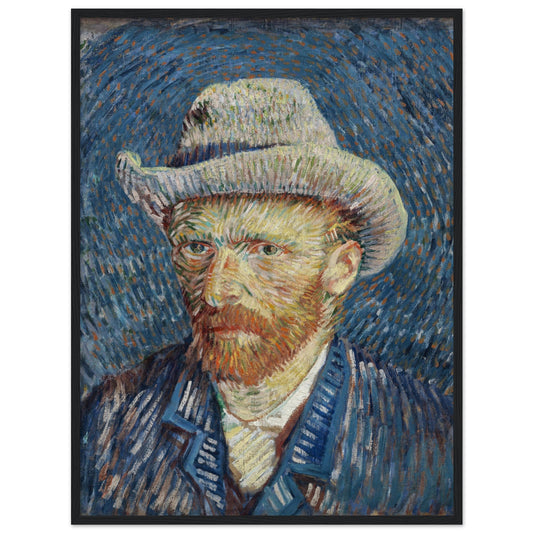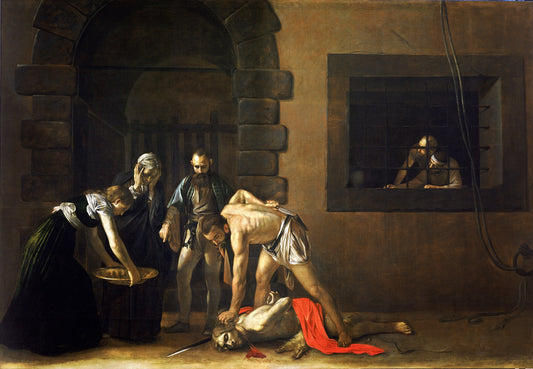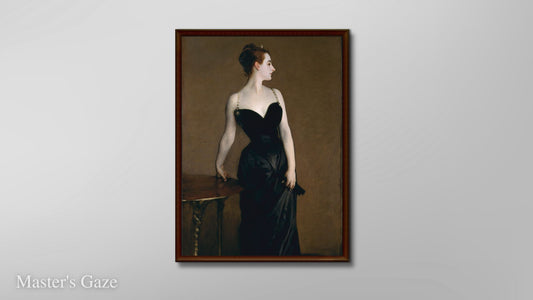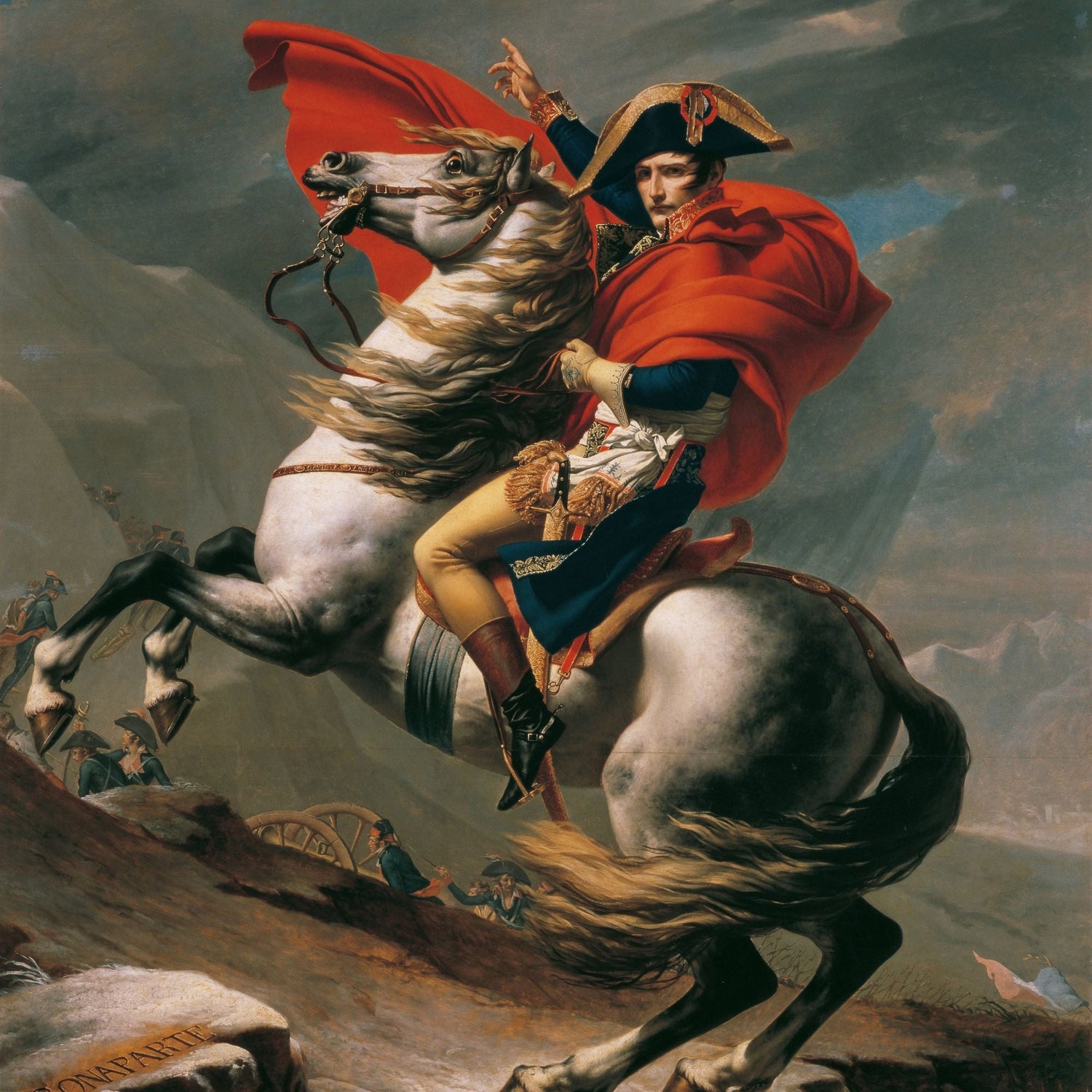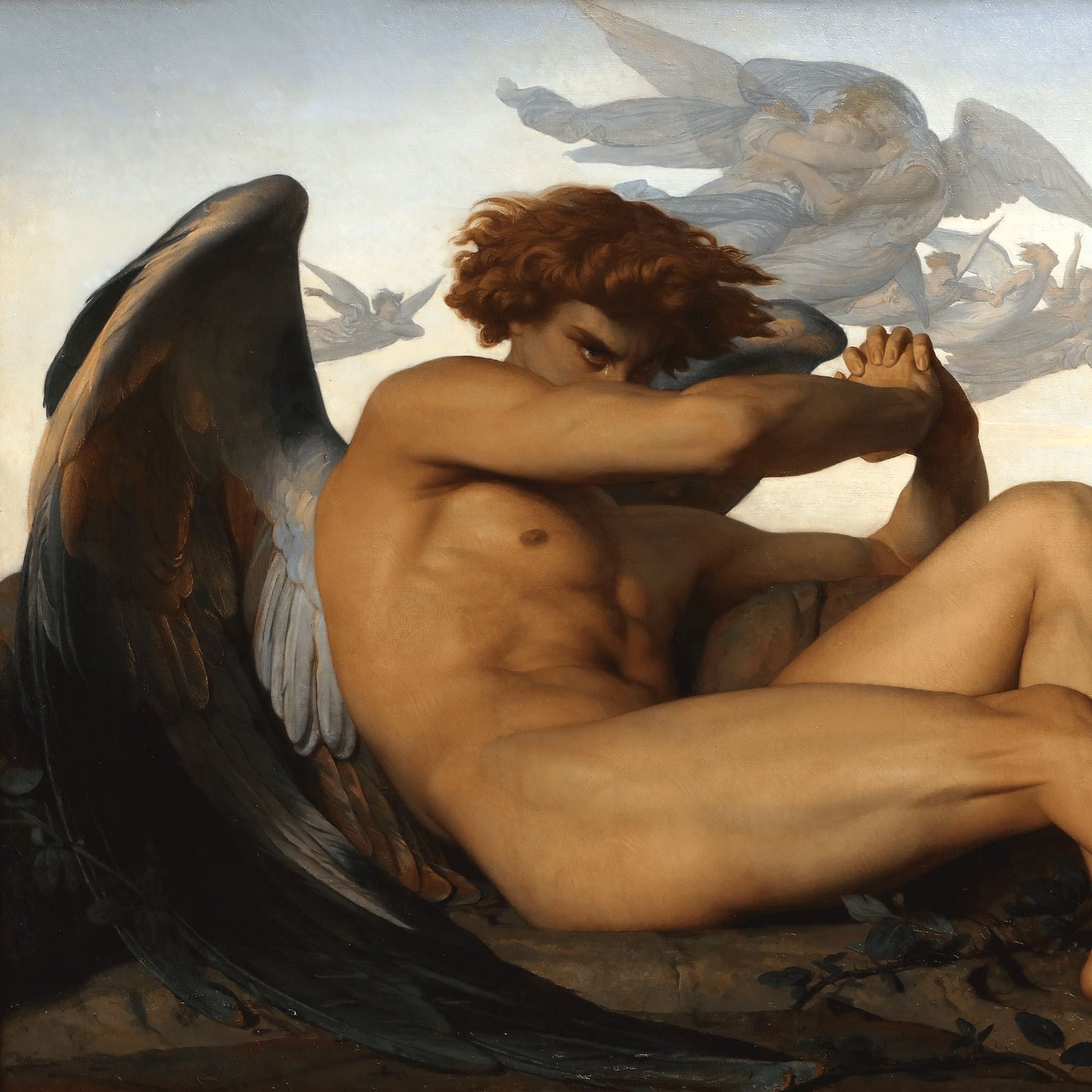Lionel Royer's monumental painting, "Vercingetorix Throws Down His Arms at the Feet of Julius Caesar," is a captivating portrayal of a pivotal moment in ancient history. This evocative masterpiece not only showcases Royer's exceptional artistic skills but also captures the intense emotions and political tensions of the time. Created in the late 19th century, this painting transports viewers to the heart of one of the most significant events in Roman and Gallic history.
Table of Contents
- Historical Context
- Composition and Detail
- Symbolism
- Legacy and Impact
Historical Context
The artwork focuses on the surrender of Vercingetorix, the chieftain of the Arverni tribe, to Julius Caesar after the Battle of Alesia in 52 BC. This battle marked the culmination of the Gallic Wars, a series of military campaigns waged by Caesar against various Gallic tribes seeking to resist Roman expansion. Vercingetorix's decision to submit to Caesar was a dramatic moment that had far-reaching consequences for both the Gauls and the Roman Republic.

Composition and Detail
Royer's painting is a grandiose depiction of the surrender, with a focus on the emotions and dynamics between the two leaders. The composition is carefully crafted, with Vercingetorix standing tall and proud, surrounded by his defeated warriors. The contrast between the victorious Caesar and the humbled Gallic chieftain is striking, highlighting the power dynamics and the consequences of the conflict.
Royer pays meticulous attention to historical accuracy, recreating the clothing, armor, and weaponry of both the Romans and the Gauls. The use of rich, vibrant colors adds to the visual impact of the scene, making it a visually arresting tableau that draws viewers into the heart of the ancient battlefield.

Symbolism
The painting is not just a historical representation but also a nuanced exploration of power, defeat, and the clash of civilizations. Vercingetorix's act of throwing down his arms symbolizes the end of the Gallic resistance and the triumph of Roman authority. The subdued expressions on the faces of the defeated Gauls convey a sense of resignation and the inevitable shift in the balance of power.
Royer masterfully uses symbolism to convey the broader implications of the event. The broken and scattered weapons at Vercingetorix's feet represent the shattered hopes of the Gallic people, while Caesar's stern countenance and raised hand suggest the uncompromising authority of Rome.
Legacy and Impact
"Vercingetorix Throws Down His Arms at the Feet of Julius Caesar" is not merely a historical painting; it is a timeless work of art that continues to resonate with audiences today. Lionel Royer's meticulous attention to detail, historical accuracy, and ability to capture the emotional intensity of the moment contribute to the enduring impact of this masterpiece.
The painting serves as a visual record of a crucial moment in ancient history and prompts viewers to reflect on the complexities of power, conquest, and the human cost of war. As a testament to Royer's artistic prowess and historical insight, this iconic artwork stands as a lasting tribute to the dramatic events that unfolded on the ancient battlefields of Gaul.
